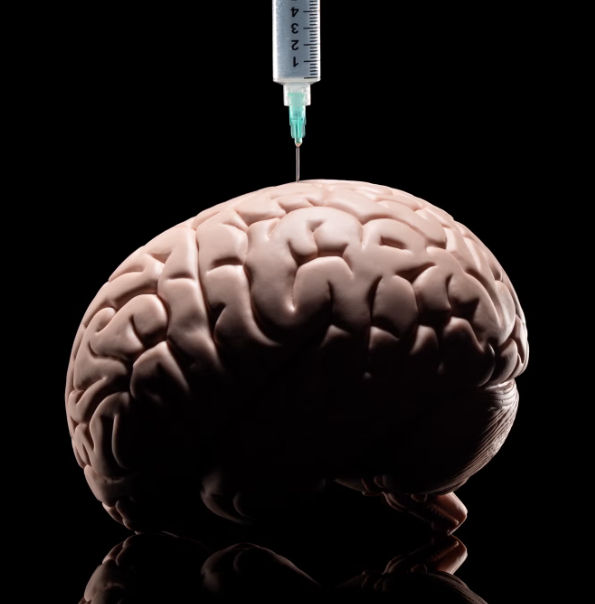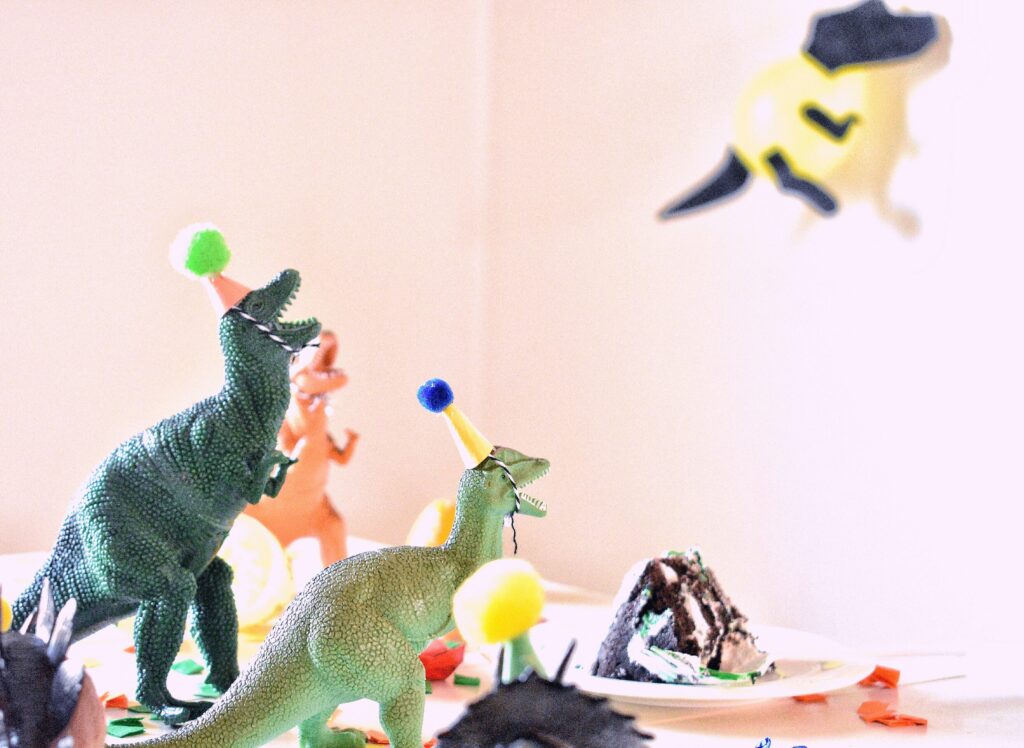IT’S THE MIDDLE of winter. I shuffle out of bed in the darkness, flicking on the espresso machine on the way to the loo. Grinding my coffee beans while the steamer boils, my bare feet cold on the kitchen floor, I open a news app.
In very bold, all-caps font I see the headline:
“US ATTACKS IRAN.”
Before I’ve properly processed this information, somewhere deep inside my digestive tract rumblingly occurs. I suspect it’s getting me ready to evacuate in case of emergency, because you don’t really come back from a something like that easily.
By the time you read this, there will have been countless more headlines capable of inspiring similar subconscious bowel movements. In fact, the last three years or so has been a steadily escalating level of chaos in our news feeds.
Depending on your algorithm, you’re being fed different kinds of death, destruction, calamity, chaos, fire, floods, and horror more and more.
So how do we process all of this darkness and still live a rich life full of joy and purpose?
It’s not easy to do, especially in recent times when a common accusation (usually in the comments section under a photo of you enjoying yourself) is,
“How can you ____ when kids in ___ are ___?!”.
I have read this and instantly believed that I was in the wrong. I felt like, “bloody hell, I must be a real piece of shit to not care about ___”.
Then, I not only feel bad that someone I know thinks less of me, but I now think even less of myself.
At first it feels like a valid point, but after further introspection I’ve come to believe that such comments are an illusion – or worse – a moral trap set by those trying to alleviate their own internal pain by attempting to control others, using shame to rob us of agency.
The truth is that every one of us has space to grieve the horror of war (for example), as well as space to connect with the world around us and enjoy light and joy in our actual lives.
It’s not a zero sum game.
As humans we have the capacity to feel sad, to grieve, to be aghast at horror, and to giggle at a fart – all at the same time.

I’ve been to funerals where people are laughing their arses off mere hours after literally putting their son in the ground.
Performative outrage has been a staple of certain news outlets for years, now there’s also the alluring trap of performative grief that may tempt us with likes and validation, but ultimately robs our lives of joy.
In my new book So What? Now What? I go through a few tools that are useful when we’re stuck between staying sane and getting crushed by all the negativity in the world pouring out of our screens.
One starts by understanding the part of your brain that is trapping you there, and then using another part of your brain to help you get out.
We are physiologically identical to fossils found in North Africa 300,000 years ago, a time where death was all around us every day.
“Fight or Flight” helped us not only survive attacks from other humans who wanted our food, shelter or women, but now-extinct creatures that would eat us alive.
There was no CPR. There were no antibiotics. A cut could kill you dead.
Everyone around us could die at any moment, and those of us who survived were rightly quite averse to anything that might give the slightest hint that death was possible.
As a result, all of us – you, me, even the most manly man you can think of – are all the descendants of the most jumpy and frightened of our ancestors.
This evolutionary survival trait gave us a wonderful gift: the negativity bias.
Not only great for survival, it delivers fantastic results for reactionary news outlets.
It works like this: the more we see terrible things happening, the more we get this false view of the world that terrible things happen everywhere, all the time.
But that’s not actually true.
Yes, terrible, horrible things are happening as you’re reading this.
Also, somewhere a basket full of Labrador puppies is making little cooing noises, waggling their tails and being excited that a little kid has just walked in the room to pick one of them up.

Both of these things exist at the same time.
It’s important that we don’t eliminate the negativity bias, but we need to manage it so that we don’t make irrational decisions based on fear.
Easier said than done because when the negativity bias is hammering us, it’s almost impossible to see the possibility for wonderful things around us, thanks to another evolutionary survival trait – the frequency illusion.
If you’re a father, there was a time when, as far as you were concerned, no one anywhere on the street was ever walking while pushing a stroller.
Then your partner showed you two stripes on a stick she’d just peed on, and now everywhere you look you are being stalked by the Upper Baby 2.0 like it’s a monster from a Stephen King novel.
You might have also experienced this when you got a new car, and suddenly see that same car everywhere you drive. The good news is we can deliberately exploit the frequency illusion to help us see more of the wonderful things around us. It’s as simple as getting lucky (but not the kind which leads to the stick getting peed on).
Try to make it a habit to simply tell someone every evening three times when you got lucky that day. I do it every night as I put my son to bed, you could also text someone or even write it down at the end of the day.
It’s better if it’s small stuff. You caught a green light. You got a great park. You saw the very moment a rainbow lorikeet flashed past your window. By starting to notice when things go well, we start to notice when things go well.
It reinforces the fact that while terrible things do happen in the world, the world itself is not all terrible. We’re not trying to deny that the bad parts aren’t bad – but it’s not all bad.
There’s good everywhere. And we can choose to add to that good. Worrying about things we can’t control can get us caught in a loop that’s very hard to get out of.
All we can control is what we choose to put into the world around us. Are we giving the benefit of the doubt to our spouse? Are we being kind and calm around our kids? Are we holding the door for a stranger? Are we letting people merge into our lane in traffic? Are we helping people around us?
Our choices are really the only thing that we can control, and if we choose to be helpful – we’re hacking another brilliant evolutionary shortcut to happiness.
We are a communal species, and we survived because we cooperated and cared for each other. As much as my personal online purchase history would protest, the only true source of lasting happiness comes from being of service to others.


















